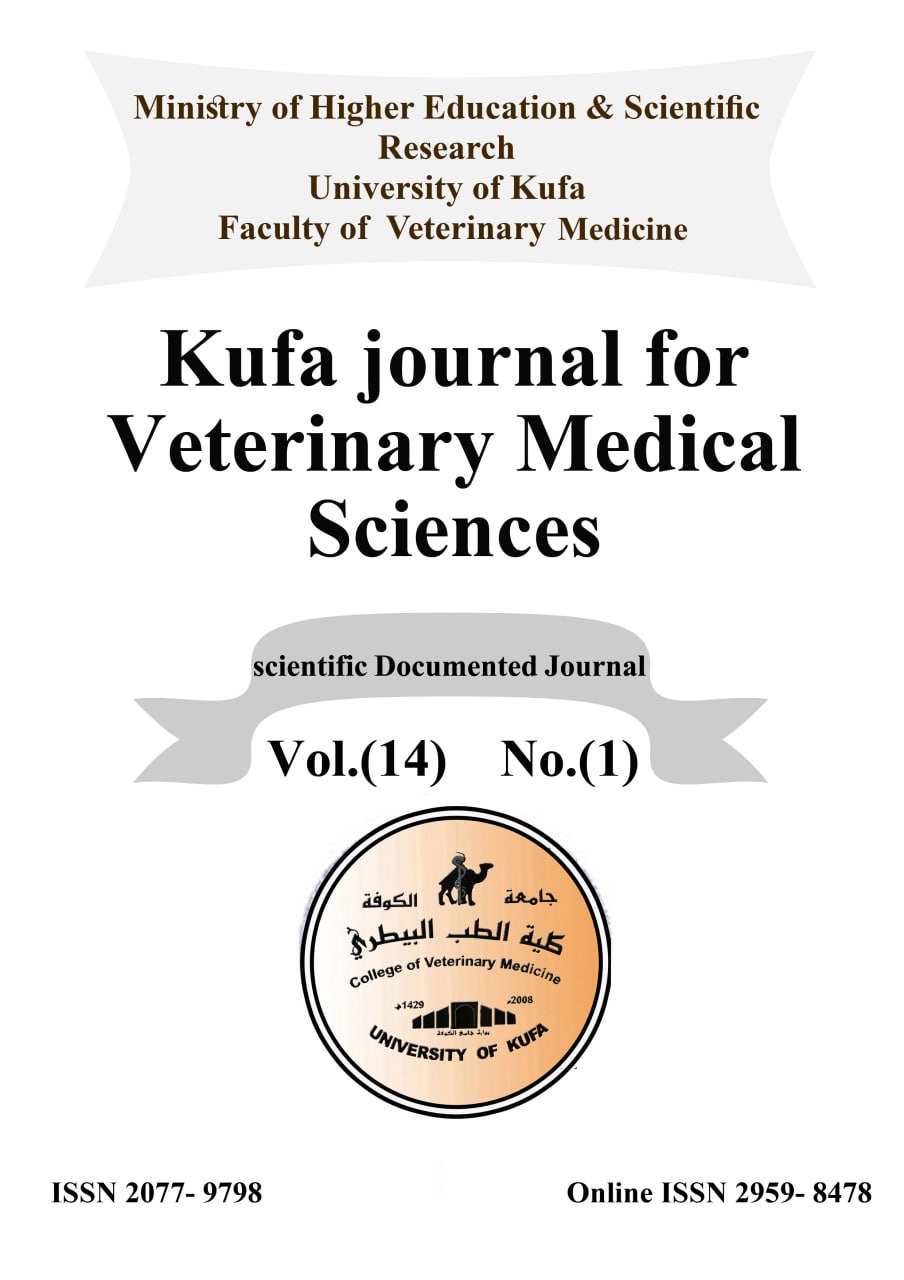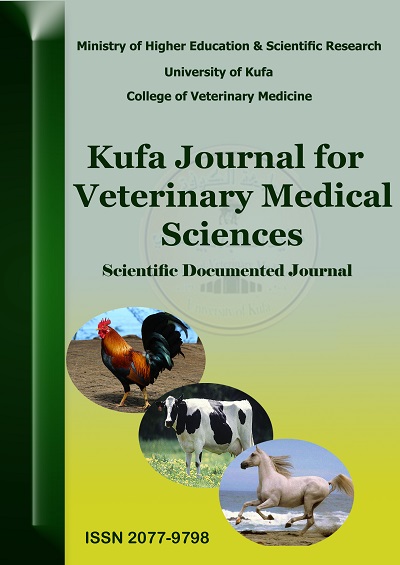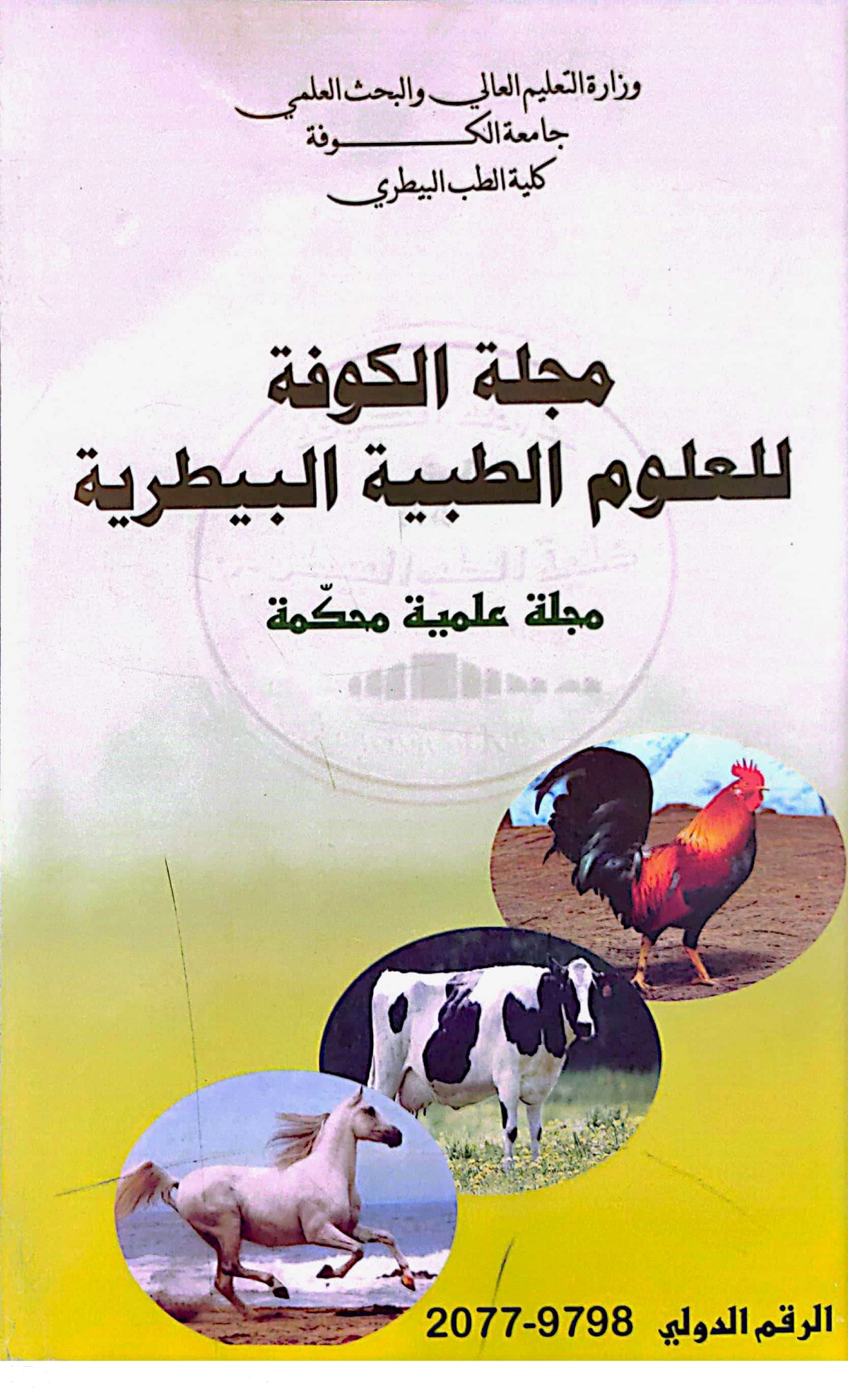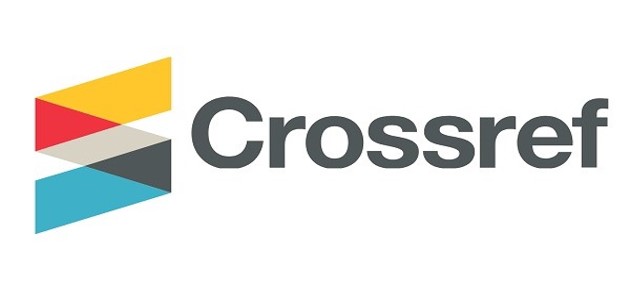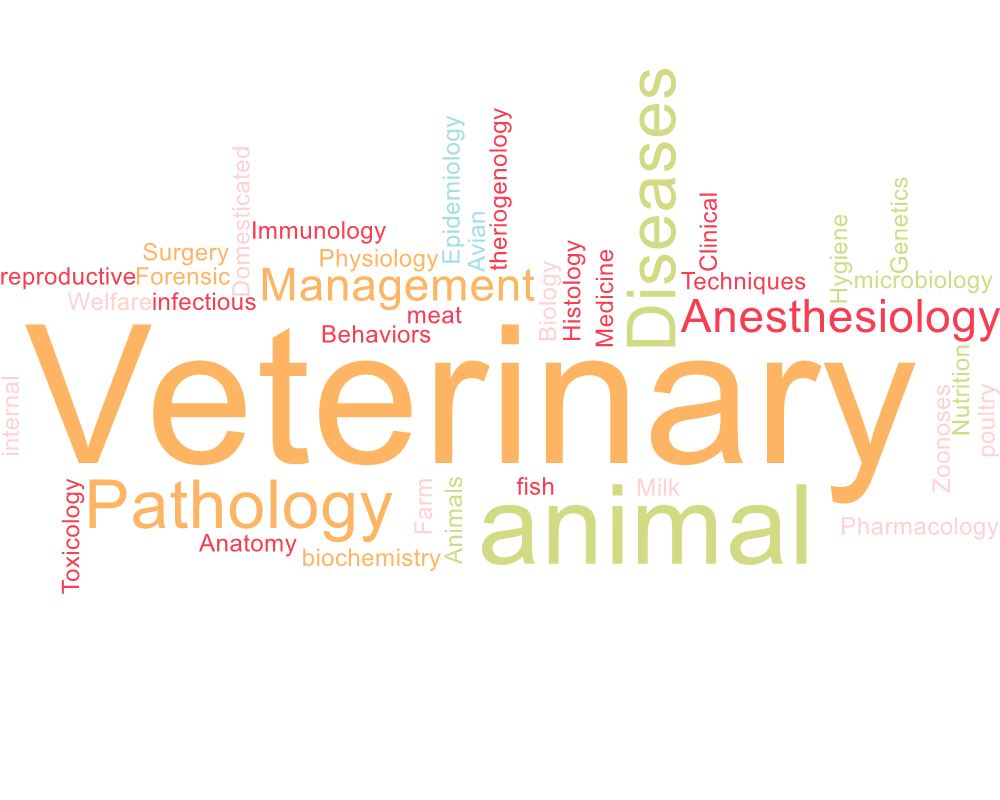Morphological description of the pancreas in male and female swan geese
DOI:
https://doi.org/10.36326/kjvs/2023/v14i110853Keywords:
Endocrine, exocrine, histology, geese, pancreasAbstract
One of the organs that can be found in the abdominal cavity is called the pancreas. It is a vital component in the process by which the food we eat is transformed into fuel for the cells of the body. For investigation of morphological description of the pancreas, the study was performed on twenty adult swan geese (10 males and 10 females). According to the morphological findings, the pancreas of geese was located on the right side of their abdominal cavity. It possessed four lobes—dorsal, splenic, ventral, and third and a distinctive duodenal papilla. It was between the ascending and descending duodenal loops. The goose pancreas has a thin covering of connective tissue over its mesothelium. The pancreatic parenchyma was divided by connective tissue septa, into numerous lobules, and these lobules extended outward from the pancreatic capsule. There was a wide range of diameters for the blood vessels. It consists of significant blood arteries, which can be identified by their oval or circular, bright nuclei. They have oval or circular, brilliant nuclei with the nucleolus. In the swan goose, serous acini and islets of Langerhans made up most of the pancreatic parenchyma. Exocrine cells had pyramidal shapes, acidophilic granules, and serous acini. In conclusion, the pancreas of geese like the most bird and is different from domestic animals.
Downloads
Downloads
Published
How to Cite
Issue
Section
License
Copyright (c) 2023 Fatima Saad, Iman Ibrahim Dle

This work is licensed under a Creative Commons Attribution 4.0 International License.

